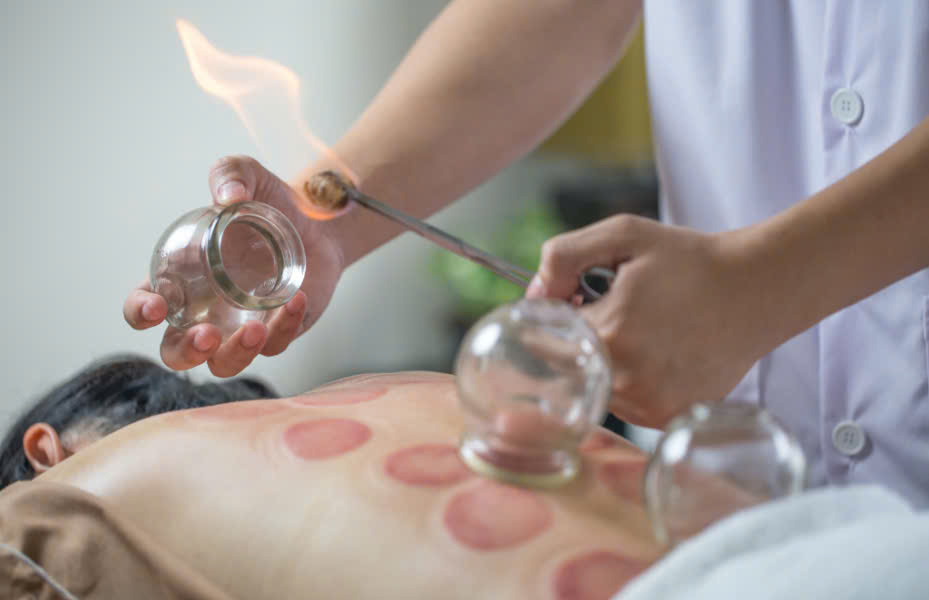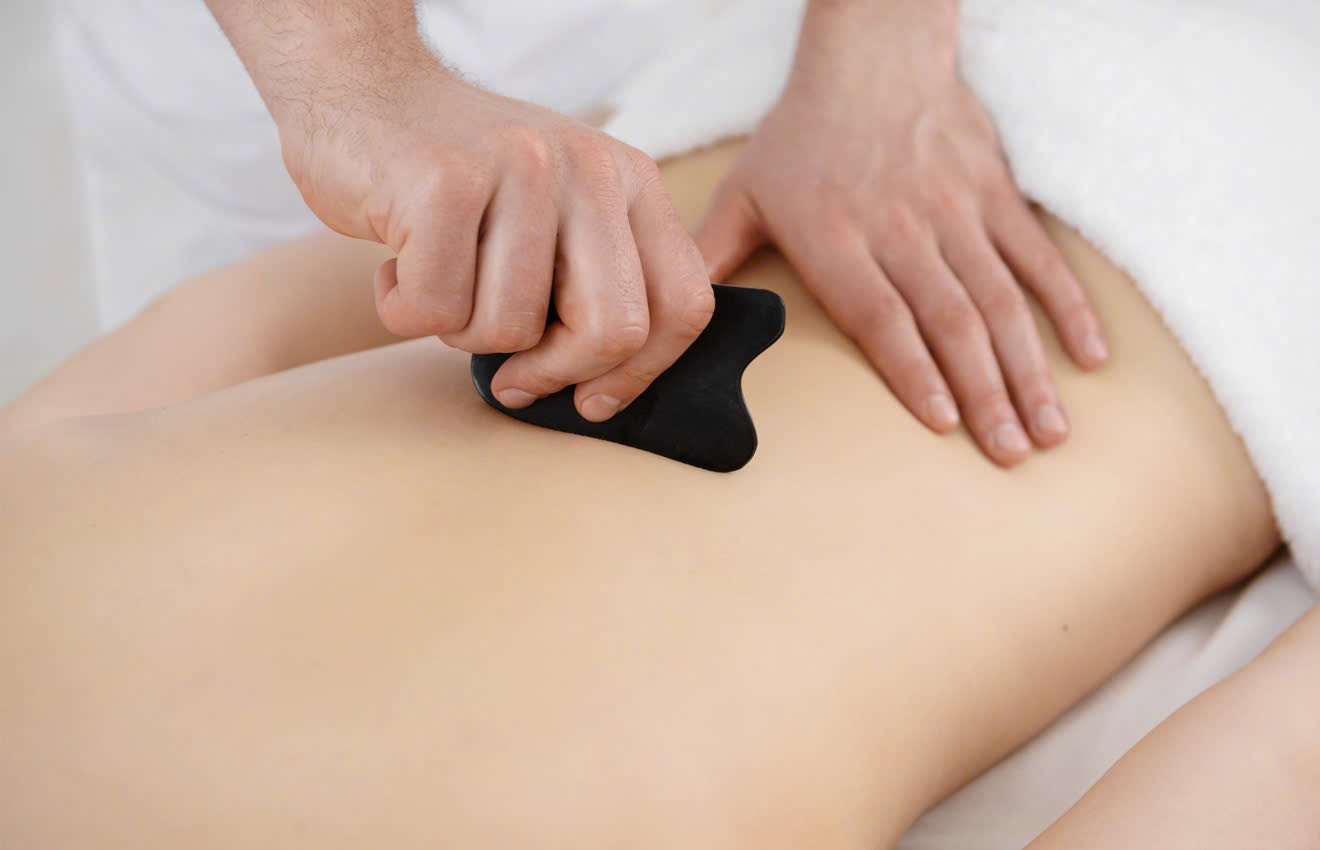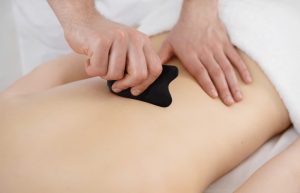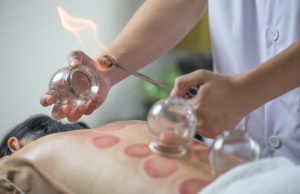Discover Top 5 Irresistible Benefits Traditional Chinese Massage for Well-Being
Traditional Chinese massage is an ancient healing practice rooted in the wisdom of traditional Chinese medicine (TCM). Known worldwide for its holistic approach to health, traditional Chinese massage offers a wide array of physical and mental benefits that promote overall well-being. Whether you seek relief from pain, stress reduction, or enhanced vitality, understanding what is involved in this therapeutic art can lead to a more fulfilling health routine.
In this comprehensive guide, we will explore what is the traditional chinese massage, how traditional chinese massage works, and the top 5 irresistible benefits it provides for physical, emotional, and spiritual health. We will also examine how it works for reduce pain and provide recommendations on how often should you get a traditional chinese massage to maximize its advantages.

Traditional Chinese Massage
Traditional Chinese massage, also known as Tui Na, forms an integral part of Chinese healing arts. It combines manual techniques such as pressing, kneading, rolling, and stretching along specific meridians and acupoints to restore balance within the body. With thousands of years of history, this modality has evolved into a refined system that emphasizes harmony between mind and body.
The practice is deeply intertwined with TCM philosophy, which views health as a dynamic balance of Qi (life energy), Yin and Yang, and the proper flow of blood and fluids. When these elements are disrupted, illness or discomfort may manifest. Traditional Chinese massage aims to unblock stagnation, stimulate circulation, and rebalance energies, resulting in improved health.
Today, traditional chinese massage is recognized not just as a therapeutic technique but as a wellness practice that addresses various conditions including musculoskeletal issues, stress, fatigue, and immune enhancement. Its non-invasive nature makes it suitable for people of all ages seeking natural ways to maintain health and vitality.
The Roots and Evolution of Traditional Chinese Massage
Chinese massage originated over 2,000 years ago, with roots tracing back to early texts and medical doctrines. Initially used by healers and physicians to treat injuries and illnesses, it gradually integrated with acupuncture, herbal remedies, and qigong. Modern practitioners blend traditional methods with contemporary insights to tailor treatments to individual needs.
The evolution of traditional chinese massage reflects a broader cultural emphasis on harmony, balance, and personalized care. Today, it encompasses various styles like Tui Na, Shiatsu, and other regional techniques, each sharing core principles of acupressure and meridian therapy.
What is the Traditional Chinese Massage
Understanding what is the traditional chinese massage involves delving into its core philosophies, methods, and scope of application. Unlike typical Western massages focusing primarily on muscle relaxation, TCM-based massage integrates energetic principles and diagnostic approaches unique to Chinese medicine.
What is the traditional chinese massage? It is a therapeutic practice that employs targeted manual stimulation of muscular tissues, acupoints, and meridians to facilitate healing and promote holistic health. It emphasizes restoring the balance of Qi, harmonizing Yin and Yang, and improving blood circulation throughout the body.
Core Principles Behind Traditional Chinese Massage
At the heart of what is the traditional chinese massage is the concept of Qi—an invisible vital energy flowing through pathways called meridians. Disruptions or blockages in this flow are believed to contribute to disease or discomfort. Therefore, the primary goal of the massage is to remove these obstructions, enabling smooth energy movement.
The techniques used include pressing, kneading, tapping, friction, and gentle stretching, all of which are designed based on the patient’s condition. Each stroke is applied with precise intention aligned with TCM diagnostics, considering the patient’s overall health status, emotional state, and physical symptoms.
Applications and Conditions Addressed
What is the traditional chinese massage capable of treating? It is particularly effective for musculoskeletal problems such as neck pain, backaches, joint stiffness, and sports injuries. Additionally, it is widely used to alleviate headaches, insomnia, digestive issues, and even emotional stress. Its holistic approach fosters recovery and balance at multiple levels—physical, mental, and energetic.
Furthermore, traditional chinese massage serves as a preventive tool, supporting immune function and promoting longevity when practiced regularly. Its adaptability allows practitioners to customize treatments to meet evolving health needs, making it a versatile modality in both clinical and wellness settings.

How Traditional Chinese Massage Works
How traditional chinese massage works hinges on the principles of energy flow, meridian theory, and the interaction between physical tissues and energetic pathways. To fully appreciate its mechanisms, one must understand the delicate balance of forces within the body and how manual stimulation influences them.
How traditional chinese massage works by stimulating acupoints and meridians, thereby influencing the flow of Qi and blood. This process promotes healing, reduces tension, and restores homeostasis. The effects are both physical—relaxation of muscles and tissues—and energetic—rebalancing of internal energies.
The Role of Meridians and Acupoints
The human body according to TCM comprises twelve main meridians and numerous collateral channels where Qi flows. These pathways connect organs and tissues, facilitating the body’s vital functions. Blockages or imbalances within these channels can cause pain, fatigue, or illness.
During a traditional chinese massage, the practitioner applies pressure along these meridians, targeting specific acupoints that act as gateways for energy flow. Stimulating these points encourages the release of stagnation, enhances circulation, and activates self-healing processes.
Physiological Effects of Manual Techniques
Modern science supports many of the physiological effects of traditional chinese massage techniques. For example, gentle kneading and pressure increase local blood flow, delivering oxygen and nutrients while removing metabolic waste. This promotes tissue repair and reduces inflammation.
Moreover, specific manipulation techniques trigger neurological responses that modulate pain perception, reduce cortisol levels, and enhance mood through the release of endorphins and serotonin. The mechanical action also relieves muscle knots, improves flexibility, and relaxes tense tissues.
Beyond the Physical: Energy and Mind-Body Connection
While the physical benefits are evident, how traditional chinese massage works extends into the realm of mental and emotional health. The massage creates a calming effect on the nervous system, reducing stress hormones and fostering mental clarity.
This holistic impact aligns with the TCM view that physical health cannot be separated from emotional and spiritual well-being. As gentle pressure stimulates acupoints, the practitioner also facilitates a meditative state for the recipient, encouraging mindfulness and emotional release.
Top 5 Irresistible Benefits of Traditional Chinese Massage for Well-Being
Top 5 irresistible benefits of traditional chinese massage encompass a broad spectrum of health improvements, from physical relief to emotional stability. Below, we explore each benefit in detail, emphasizing why this ancient practice remains relevant and highly effective today.
Enhanced Circulation and Detoxification
One of the most immediate benefits of traditional chinese massage is increased blood flow and lymphatic drainage. By stimulating tissues and acupoints, the massage promotes oxygen-rich blood reaching cells, aiding in tissue repair and nourishment.
Enhanced circulation also facilitates the removal of toxins and metabolic waste products, supporting organ function and boosting immunity. This detoxification process leaves individuals feeling energized and revitalized post-treatment.
Additionally, improved circulation alleviates swelling, reduces muscle soreness, and accelerates recovery from injuries. Regular sessions help maintain optimal blood flow, essential for overall health.
Stress Relief and Emotional Balance
In our fast-paced world, stress management is crucial for maintaining well-being. Traditional chinese massage excels at reducing cortisol levels and calming the nervous system through gentle, rhythmic manipulations.
The therapy triggers the parasympathetic nervous system—the body’s relaxation response—leading to decreased anxiety, improved sleep, and a sense of calm. Many clients report feeling emotionally centered and mentally clear after treatment.
The act of physical touch combined with the mindful focus during massage encourages emotional release and self-awareness, contributing to long-term emotional resilience.

Pain Reduction and Management
Chronic pain sufferers often find significant relief through traditional chinese massage. Its ability to target trigger points, loosen tight muscles, and improve joint mobility makes it a potent tool for managing conditions like lower back pain, migraines, and sports injuries.
By addressing underlying muscular imbalances and improving circulation, the massage reduces nerve compression and inflammation. The stimulation of acupoints also plays a role in modulating pain signals, providing symptomatic relief.
Research indicates that regular massage can reduce reliance on pain medications, decrease perception of pain intensity, and enhance functional mobility, making it an invaluable component of pain management strategies.
Improved Sleep Quality
A lesser-known yet vital benefit is how traditional chinese massage can enhance sleep quality. Tension and stress often disrupt sleep cycles; therefore, relaxation techniques embedded in massage therapy facilitate better rest.
By calming the nervous system and reducing muscle tension, clients often experience deeper, uninterrupted sleep. Some practitioners incorporate specific techniques to address insomnia, such as targeting points associated with the Shen (spirit) in TCM.
Better sleep not only improves mood and cognitive function but also supports immune health and metabolic regulation, reinforcing overall well-being.
Boosted Immune Function and Longevity
Finally, traditional chinese massage contributes to long-term health preservation by strengthening immune defenses. Stimulating acupoints linked to immune organs like the spleen and lungs enhances lymphatic activity and helps ward off illnesses.
Regular massage sessions can balance hormonal levels, reduce chronic inflammation, and support metabolic health—all factors associated with increased longevity. The practice aligns with Taoist principles emphasizing harmony with nature, fostering a resilient, vibrant life force.
How It Works for Reduce Pain
Pain is a complex phenomenon involving physical, neurological, and psychological components. How it works for reduce pain through traditional chinese massage involves multiple pathways.
How it works for reduce pain is primarily through mechanical and energetic mechanisms. The physical manipulation relieves muscle tension, breaks down adhesions, and improves blood flow, which collectively diminish nociceptive input. Simultaneously, stimulation of acupoints can modulate neural pathways that inhibit pain signals at the spinal cord or brain level.
Furthermore, traditional chinese massage encourages the release of endorphins—natural painkillers—alongside serotonin and dopamine, which elevate mood and suppress pain perception. This combination of physical and neurochemical effects results in significant pain relief, often with lasting benefits following consistent treatment.


How Often Should You Get a Traditional Chinese Massage
Determining how often should you get a traditional chinese massage depends on your individual health goals, condition severity, lifestyle, and personal preferences. While some benefit from weekly sessions, others may find monthly or quarterly visits sufficient.
Factors Influencing Frequency
- Health Condition Severity: Acute or chronic pain might require more frequent treatments initially, gradually tapering as symptoms improve.
- Preventive Care Goals: For maintenance and wellness, regular sessions every 4–8 weeks can sustain benefits.
- Lifestyle and Stress Levels: High-stress individuals or those engaging in strenuous activity might opt for bi-weekly massages to manage tension.
- Practitioner Recommendations: Always adhere to professional advice tailored to your specific needs.
General Guidelines
| Purpose | Recommended Frequency |
|---|---|
| Acute pain relief | Once or twice weekly |
| Chronic pain management | Every 1–2 weeks initially, then monthly |
| Wellness and relaxation | Every 4–8 weeks |
| Preventive health | Every 3–6 months |
In essence, consistency is key to harnessing the full potential of traditional chinese massage for well-being. Listening to your body and consulting a qualified practitioner ensures personalized, effective care.https://maps.app.goo.gl/2gfYPJNYythhZesU6?g_st=com.google.maps.preview.copy
Conclusion
Traditional chinese massage embodies an ancient, holistic approach to health that seamlessly integrates physical manipulation, energetic balancing, and emotional wellness. By understanding what is the traditional chinese massage, how it works, and its profound benefits, individuals can make informed decisions about incorporating this therapy into their health routines. From enhancing circulation and reducing pain to fostering emotional stability and boosting immunity, top 5 irresistible benefits of traditional chinese massage for well being demonstrate its enduring relevance. To maximize these benefits, regular sessions tailored to personal health needs are recommended, promoting a balanced, vibrant life rooted in centuries-old wisdom.https://jobedubaispa.com/massage-in-dubai/
